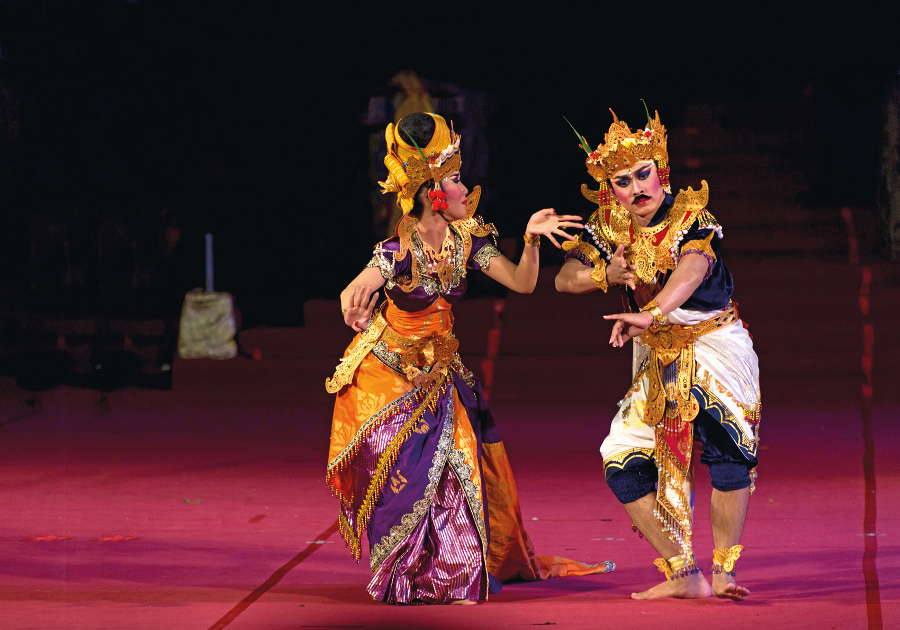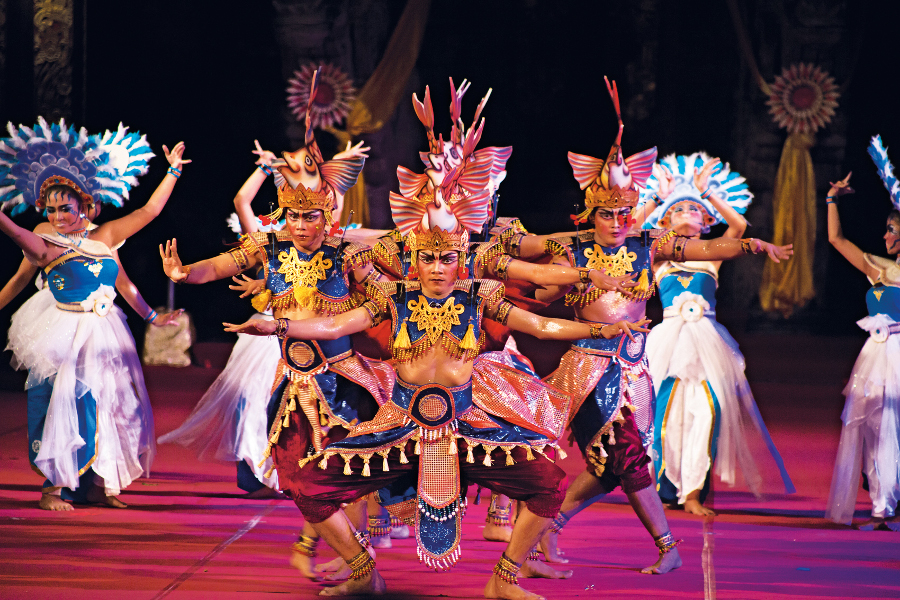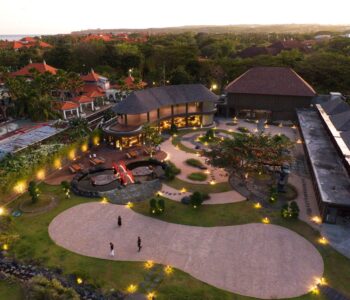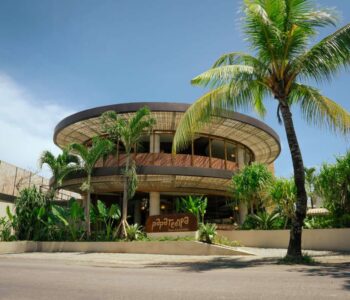The epic of Mahabharata is popular in Java and Bali as the layers of the stories in the narrative includes historical reference and moral sample based on Hindu teachings. The epic spread to Indonesia in the 11th Century under the rule of King Dharmawangsa. The narrative is about the kingdom of Hastinapura under the rule of the Kuru clan. The protagonists are; Pandava, Yudhistira, Arjuna, Bima, Nakula and Sahadewa, and are all brothers from two different mothers.

Bima is the strongest amongst the five; he is bold, blunt and fearless. He only obeys his elder, Yudhistira and his teacher. He is the symbol of honesty and loyalty towards teachers, which is clearly shown by taming the southern ocean in search for TirthaAmerta, the holy water of immortality and fertility. To fulfil the command of his teacher, the fearless Bima never gives up, even if he has to fight a dragon, tame unimaginable rogue waves, and many more challenges until he sank to the bottom of the ocean.
This beautiful story is loaded with philosophy that has inspired a troupe of dancers and musicians under the flag of Seka Gong Githa Bandana of Denpasar. Thus, a beautiful fragment is created and performed in July at Pesta Kesenian Bali (Bali Art Festival). I GedeSudiarcana& I Made Gede Dwipayana are the choreographers behind the routines and dancer formations that successfully narrated the story. The routines are the combination of the basic routines of Bali’s traditional dance with contemporary moves, probably adapted from modern dance. The combination created a dynamic flow and kept the audience waiting for what was to come.
This was a collaboration between I Nyoman Purna and I Ketut Adi Wirahasa, who composed the music that resulted in extravagance. The gamelan orchestra involved more than 20 musicians playing astonishing arrangements. Although there were many traditional percussions and melodies involved, the sound was neat and clear. During the performance, the music was not only a mere tool to accompany the dance, but was the power that made the entire performance feel alive. I Gede Wisesa, the costume designer, must have worked so hard as the selection of costumes was astonishing. The dancers wore different costumes from one scene to another. The best one was the one for the last scene. It is remarkable how the costumes resemble the ocean and the life under the sea.

The entire performance was led and given voice narration by I Wayan Darmida, a Dalang (puppet master). Even though the narrative was in the Balinese language, the way he recited the lines was captivating. It was actually several performances taking place on one stage. Moreover, there was also a group of Gerong singers singing Balinese traditional songs. This kind of contemporary performance has been continuously growing in Bali, and the quality has been consistently improved. It doesn’t mean that the traditional dances are being left behind, but given the space to align the tradition and modernity as well as freely create new choreography, music arrangement and so on, Bali will never run out of artists and the preservation of traditional art performances is not just a dream.









